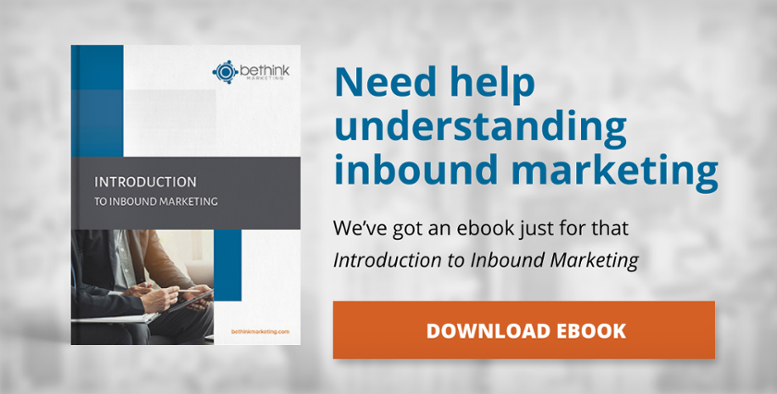
Does it feel like you’re putting a lot of work into running various Inbound marketing campaigns for your financial service firm but aren’t getting the results you want? Your content has useful information and you’re rolling out the content on a consistent basis, so what’s wrong?
Oftentimes, it’s tempting to dive right into the blasting of emails, blog posts, social media, and more without stopping first to think about the goals your firm wants to achieve. Without taking the time to recognize what direction the firm should be heading towards month-by-month or a concrete strategy to execute it, this will without a doubt lead to aimless, unconvincing content. Yes, you may be able to produce lots of content, but will all that content work together collectively to resonate with potential clients’ pain points and needs?
The emphasis becomes more on quality rather than quantity, and will help shape each of your content pieces so that they actually help potential clients instead of simply being a filler. It’s not just about writing down some general goals you think your firm should have, but making sure those goals are SMART.
What is a SMART goal?
A SMART goal is distinct from any regular goal because it uses a unique framework to help define and shape the goal, making it more focused and tangible so you know exactly how to accomplish it and helps to get you more effective results. To learn more about what a SMART goal is, each facet of this framework can be found below:
Specific: What is the exact metric you are trying to improve? Don’t make vague or unambiguous goals like “wanting more visitors” or “increase #downloads of content”.
Measurable: To gauge your firm’s progress, you should be able to quantify your goal. For example, it’s not enough to say you want to increase the number of visitors to your website. By how much or what percentage do you want to increase visitors exactly?
Attainable: This quantifiable goal you set should be challenging, but also realistic. It’s important for your goals to be based on your firm’s performance so far, what you think your team is capable of, and the time, effort, and costs it will take to achieve the goal, so that you don’t set the bar impossibly out of reach.
Relevant: Make sure that this goal is in line with your firm’s core goals and initiatives. Ask yourself why you want to achieve this goal. What is the objective behind this goal, and will this specific goal really achieve that? For example, will trying to grow your Twitter/Facebook following actually help bring in more revenue for your firm? By clarifying your firm’s branding and key objectives, you can narrow in on the initiatives that will ultimately benefit your firm.
Timely: Attaching deadlines to your goals will keep your firm’s marketing team on track in truly accomplishing them rather than pushing them off until later. By making it time-sensitive, you can plan out each campaign thoroughly, make long-term goals more digestible, and be consistent in your progress.
Creating a SMART Inbound Marketing Goal for your business
For example, let’s say a financial service firm wants to help potential customers make the best financial decisions in their work and personal lives, and to do so, one of the firm’s core goals is to close generated leads. They see that one of the channels of their marketing campaign –email –plays an important role in helping to achieve their goals, but their email practices need improvement. Found below is an example of this firm creating a SMART goal to help increase email engagement.
Specific: I want to increase the number of downloads of the newest eBook offer included in our emails from 8 to 15 downloads this month. We will go about doing this by reducing the number of emails we send out from 5 emails per month to 3 emails per month.
Measurable: A 47% increase in eBook downloads is our goal.
Attainable: eBook downloads increased by 28% last month when we started following email best practices and reduced the emails we sent out from 7 to 5 emails per month.
Relevant: Reducing the number of emails sent out to the right amount gets rid of any spam-like feel our emails may have and will make our emails be more about providing helpful resources, instead of maximizing quantity to push for sales. By increasing the number of eBook downloads via email frequency reduction, this will help provide valuable information to the leads while building trust between our company and them and help cultivate greater interest in the company, giving our Advisors more opportunities to close.
Timely: End of the month
SMART Goal: By the end of the month, our company will see a 47% increase in eBook downloads from last month by reducing the emails we send out from 5 to 3 emails per month.


Let Us Know What You Thought about this Post.
Put your Comment Below.